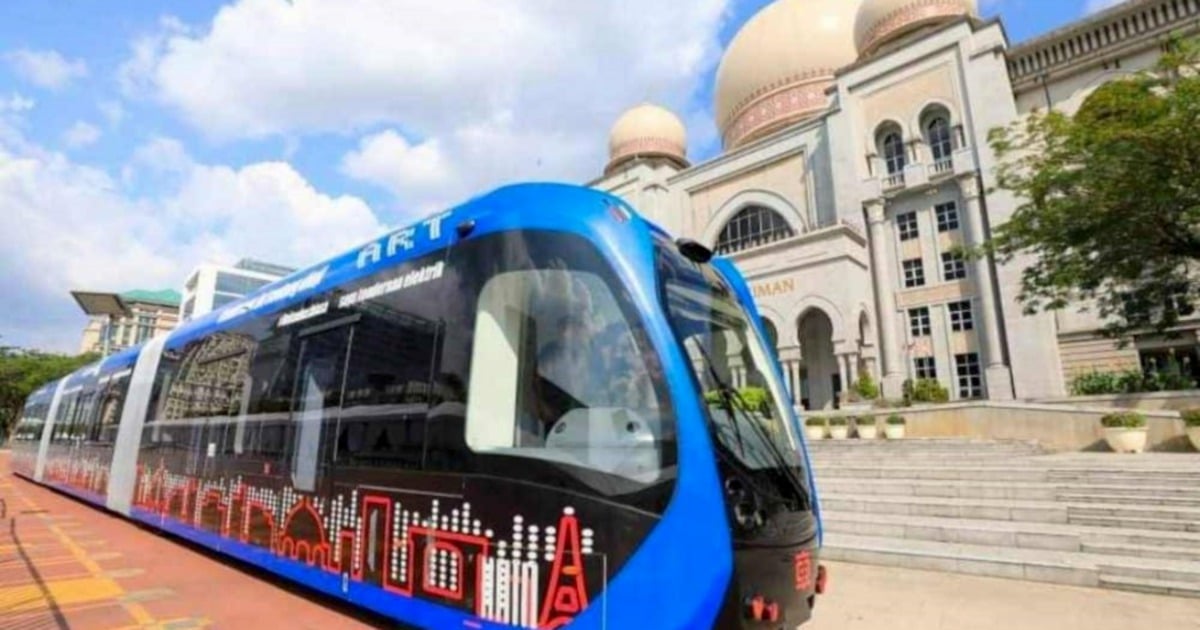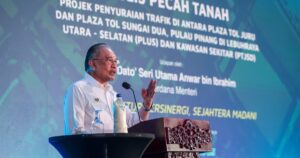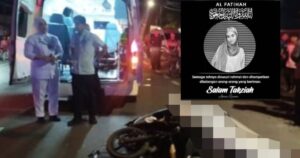KUALA LUMPUR: The proposed Elevated Autonomous Rapid Transit (E-ART) system is expected to be a major catalyst for Johor Bahru’s next phase of urban and real estate growth, according to Hong Leong Investment Bank (HLIB Research).
Analyst Tan Kai Shuen said the E-ART, as outlined in the Draft Johor Bahru Local Plan 2035 (RTJB 2035), will transform Johor Bahru (JB) into an international, sustainable, and resilient city by enhancing mobility, connectivity, and land value across key growth corridors.
“The E-ART is poised to enhance accessibility, uplift land values, and spur higher-density development near stations and designated transit-oriented development (TOD) zones, while improving connectivity between RTS Bukit Chagar, Senai Airport and Port of Tanjung Pelepas (PTP),” he said in a note.
Tan added that the E-ART represents a transformative infrastructure initiative central to Johor Bahru’s 2035 vision.
“Together with the RTS Link, the E-ART will reshape mobility patterns, support higher-density development, and unlock new economic clusters.
“By improving connectivity across residential, commercial and industrial zones, the E-ART is set to drive broad-based real estate appreciation and attract greater private investment,” he said.
The transportation’s network will cover four major corridors, namely Skudai, Tebrau, Iskandar Puteri and Pasir Gudang, with Bukit Chagar (JB Sentral) serving as the main interchange hub integrated with the Rapid Transit System (RTS) Link.
The E-ART will deploy driverless, rubber-wheeled vehicles operating on dedicated elevated guideways capable of carrying 5,000 to 12,000 passengers per hour per direction.
Although no firm timeline has been specified in RTJB 2035, Tan said a Request for Proposal (RFP) for the project was issued in March 2025, with route alignments finalised by August.
The Johor state government is targeting to award the concession by the end of 2025.
Based on HLIB Research’s projections, construction could begin in 2026, with the first operational segment likely by 2029–2030.
The core corridors may be completed by 2031–2032 and full network integration, including park-and-ride facilities and interchanges, could be achieved by 2035.
Tan said the E-ART is expected to drive broad-based real estate appreciation, particularly in areas surrounding proposed stations and TOD zones.
Lands near these areas could enjoy higher permissible densities and plot ratios, supported by enhanced infrastructure and commercial activity.
“The completion of both the RTS and E-ART will give Singaporean visitors and investors easier access to inland areas, boosting residential, retail and tourism developments that were previously less connected,” he said.
For industrial and logistics assets, the improved links between RTS Bukit Chagar, Senai Airport and PTP are expected to strengthen Johor’s competitiveness as a southern manufacturing and logistics hub.
Tan said developers with strong exposure along the E-ART corridors are well-positioned to benefit from the resulting uplift in land value and development opportunities.
This includes IOI Properties Group Bhd, Sunway Bhd, UEM Sunrise Bhd, Mah Sing Group Bhd, IGB Bhd, KSL Holdings Bhd, WCT Holdings Bhd and Scientex Bhd.
© New Straits Times Press (M) Bhd






